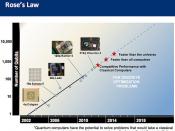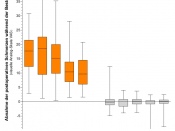Pain Assessment Tool for Postoperative Pain
As mentioned earlier, Clark and Spear (1964) found the VAS to be sensitive to changes in self-assessed well-being. In addition, it was shown that it reacts to all procedures that alter the experience of pain, for example, the use of pharmacological interventions, as well as changes in intensity in different patients with acute or chronic pain (Belanger et al. 1989, Price et al. 1989, Choiniere et al. 1996). In addition, Cotanch (1988) argues that the VAS is a more sensitive measure of pain intensity than the VDS, given its straight-line continuum, rather than the category of responses.
VAS is still cited in most of the current literature on pain as the main tool for assessing (Good 1999, Kelly 2000, Sjostrom et al. 2000, net and others. 2001, Chang et al. 2001, Freeman et al. 2001, Quigley et al. 2002, Marquiéet Al. 2003). In the latter study, 200 patients and their doctors have used VAS rated pain patients and upon arrival at the discharge from the emergency department.
It was found that physicians gave significantly lower ratings than the patients in both cases (P <0,001), emphasizing the subjectivity of pain experience and the importance of receiving the patient report it. It is also used in conjunction with the VRS (Jensen et al. 2002), MPQ (Sekiyama and Hanaoka 2001) and in conjunction with the VRS, the MPQ and PPI (Gagliese and Katz 2003). In the latter study, which focuses on the first 2 days after radical prostatectomy in 200 people, analyzing the age structure of, based on the three scales presented. However, the VAS was found not to be sensitive in detecting age differences. It was recommended that more than a verbal description of non-verbal measures of intensity, with the capture of age differences in postoperative...


